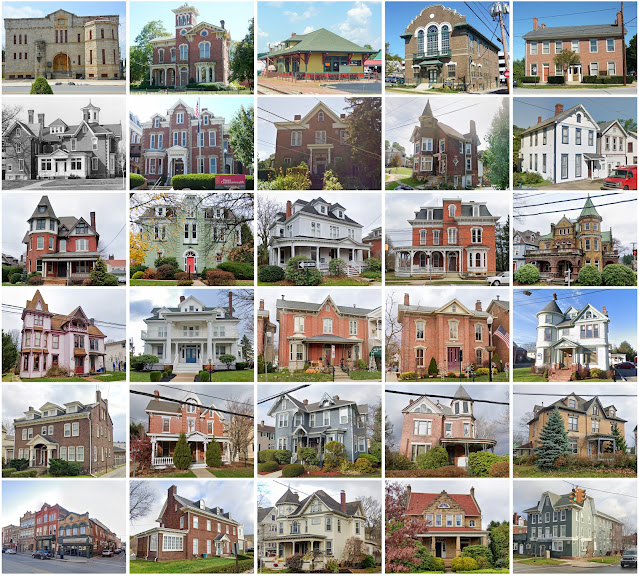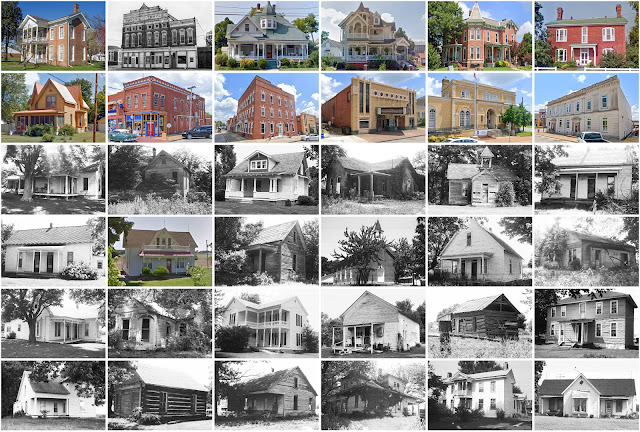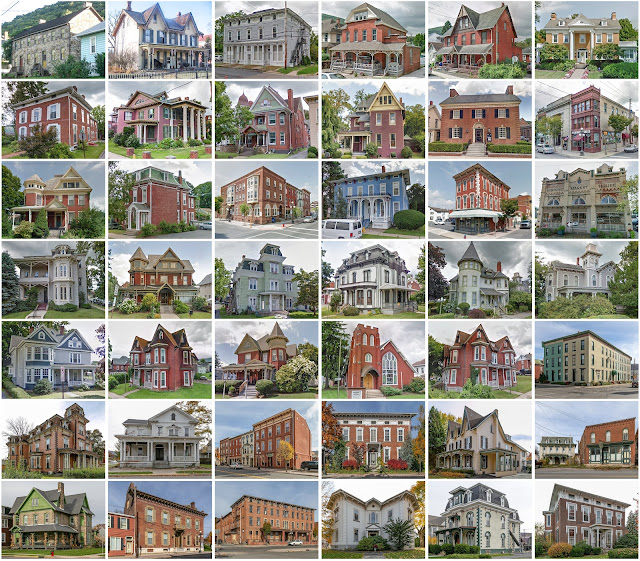Forest County, Wisconsin

Founding: 1885 Parent counties: Langlade and Oconto Namesake: Forests within the county Seat: Crandon (1885–) Land area: 1,014 square miles Population (2020): 9,179 Population (historic): 1,012 (1890); 1,396 (1900); 6,782 (1910); 9,850 (1920); 11,118 (1930) Periods of population growth: pre-1890–1940; 1960–1980; 1990s Subdivisions: One city; five CDPs; 14 towns National Register listings: 10 Pre-1940 residences (estimated): 1,336 (14.6%) Pre-1940 housing survival rate: 46.1% Farm housing in disrepair (1950): 19.5% Nonfarm housing in disrepair (1950): 19.7% Average farmhouse value (1930): $908 Average outbuilding value (1930): $993 Average farmhouse size (1940): 4.4 rooms Number of farms (1920): 535 Average farm size (1920): 31.7 acres Sources of settlement: Wisconsin, Michigan, Germany, and Russia _________________________________________________________________________________ Crandon Namesake: Frank Crandon, Wisconsin tax commis












